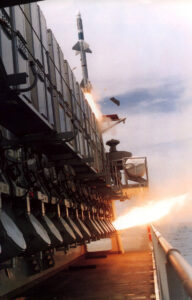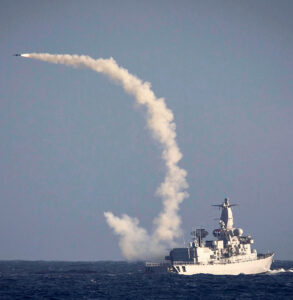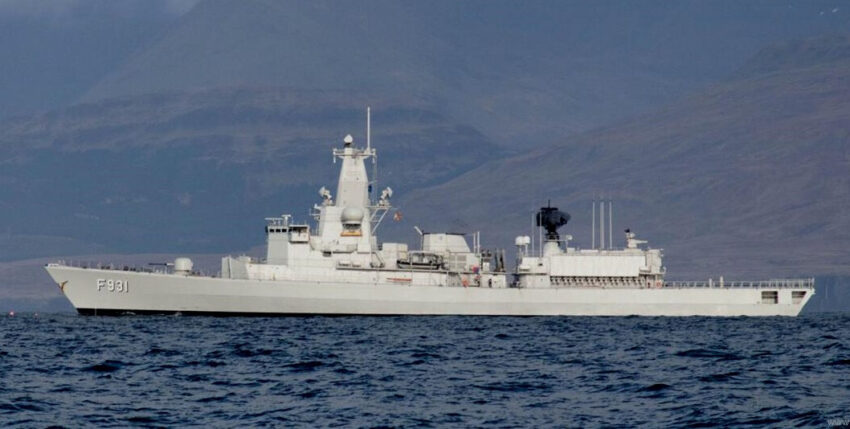The integration of the Belgian frigate "Louise-Marie" (F931) into the European naval operation EUNAVFOR ASPIDES to protect shipping against attacks by Houthi militias in the Red Sea will have to wait. According to a statement from the Brussels Ministry of Defence on 12 April 2024, the frigate will now remain in the Mediterranean for training purposes and will postpone its passage of the Suez Canal scheduled for that day until technical faults have been rectified. The frigate of the former Dutch M-class left Zeebrugge on 10 March for a deployment in the Red Sea lasting several months.

While the official announcement does not go into the causes, the error is said to have occurred during a test firing of the RIM-7 Sea Sparrow surface-to-air missile system when it was not ejected from the canister during launch. The incident is said to have occurred during practice firing with a simulated drone approach. After the Sea Sparrow misfired, the "simulated" drone could no longer be successfully countered by the other defence systems.
If this information is correct, then the fault that has occurred and its consequences belong more to the "not so quickly rectifiable" category, even if the vertically mounted launch container (VLS) emits the booster jet on the side deck athwartships (see photo).
The "Louise-Marie" is one of two frigates of the Dutch Karel Doorman class, which only entered service with the Royal Belgian Navy in 2007/08 after almost 20 years under the Dutch flag. The ship is 124 metres long and displaces 3,400 tonnes. In addition to the 16 RIM-7 Sea Sparrow launchers (on the port side of the helicopter hangar), her armament includes a further 8 Harpoon ship-to-ship missiles, Mark 46 torpedoes, a Goalkeeper CIWS system, a 76 mm OTO Melara gun and other light artillery weapons. Its flying component consists of an NH-90 NFH helicopter.

Photo: Royal Netherlands Navy
The incident has prompted the international media to comment with suspicion on what is now the third defence failure by European navies when deploying missile systems. The Danish frigate "Iver Huitfeldt" and the German frigate "Hessen" are of course repeatedly cited on the rocky road to "war capability at sea". "Do not despair - dare to go on . . . " the rest of the text is well known to seafarers!
Source: belga, marineschepen.nl,










